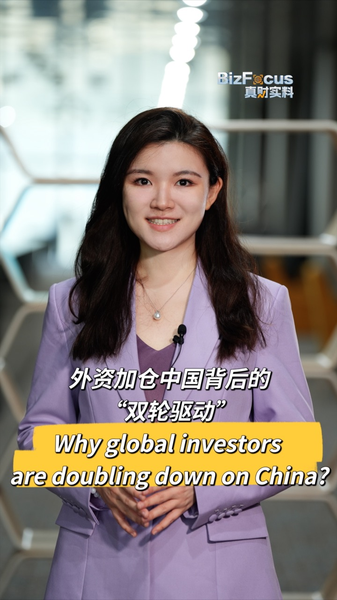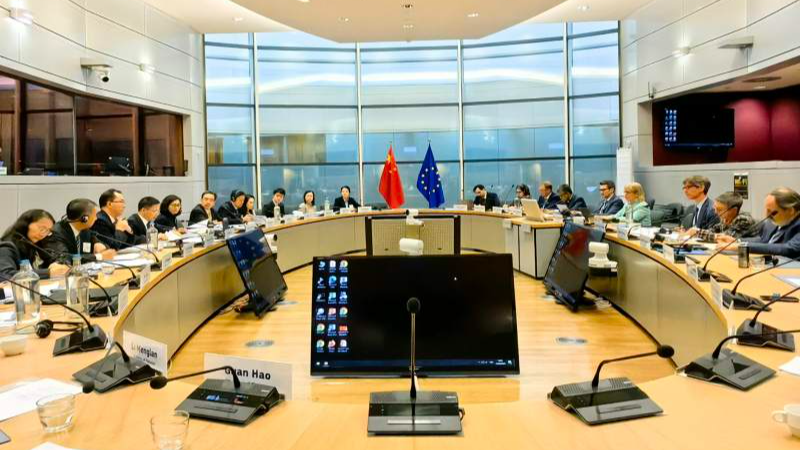In a landmark development, the recent collaboration between the US and the Chinese mainland in artificial intelligence (AI) is setting the stage for unprecedented global advancements. The introduction of DeepSeek's R1 model underscores the pivotal role that early cooperation between these two tech giants plays in securing a brighter future for humanity.
The significance of this partnership became evident during the US presidential inauguration of Donald Trump, where industry leaders like Elon Musk, Jeff Bezos, and Mark Zuckerberg highlighted the integral role of big tech in shaping the administration's vision. The unveiling of the ambitious $500 billion Stargate project by Trump and Sam Altman marked a bold step towards building massive data centers aimed at powering the next generation of AI.
AI is increasingly recognized as a transformative technology poised to revolutionize various aspects of human life. The US strategy emphasizes maintaining global dominance in AI by ensuring continued leadership and competitive edge over the Chinese mainland. However, the emergence of DeepSeek's R1 model soon after the Stargate announcement sent ripples through the global tech community, challenging assumptions about US supremacy in AI development.
Described by Trump as a 'wake-up call,' the DeepSeek breakthrough coincides with ongoing debates in the US over the H-1B visa program. Silicon Valley advocates argue that this program is crucial for sustaining the country's technological forefront. Yet, voices like Vivek Ramaswamy highlight deeper cultural factors influencing America's reliance on international tech talent, emphasizing the need for societal appreciation of engineering excellence.
Meanwhile, the Chinese mainland's focused investment in STEM education is bearing fruit, producing a surge of world-class scientists and engineers. DeepSeek exemplifies this achievement, being entirely powered by homegrown Chinese talent. This strategic emphasis on education and innovation positions China as a formidable high-tech powerhouse on the global stage.
At a recent US Senate Foreign Relations Committee hearing, Melanie Hart of the Atlantic Council proposed that the US should consider attracting top AI talent from the Chinese mainland to maintain its competitive stance. However, the prevailing anti-China sentiment in the US poses challenges to this approach, raising questions about the future flow of Chinese scientists and their potential contributions to American AI advancements.
The evolving dynamics of US-China cooperation in AI highlight a complex interplay of competition and collaboration, with significant implications for the global tech landscape. As both nations continue to invest heavily in AI research and development, the world watches closely to witness how these efforts will shape the future of technology and international relations.
Reference(s):
cgtn.com




